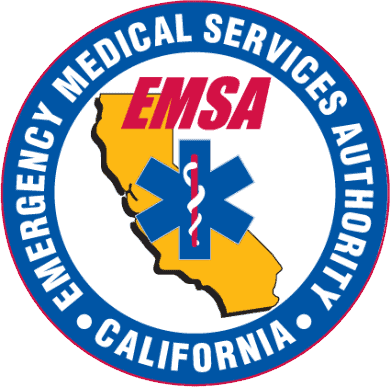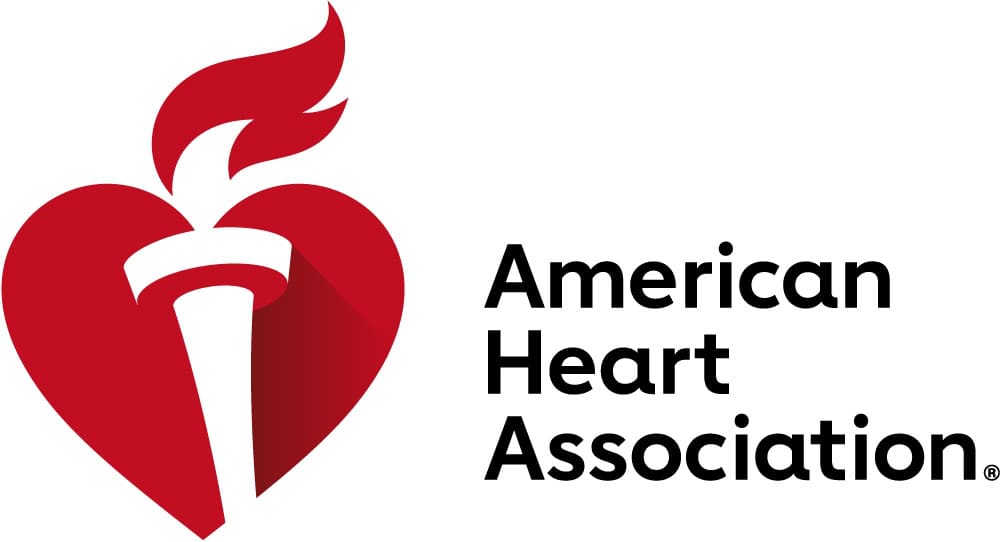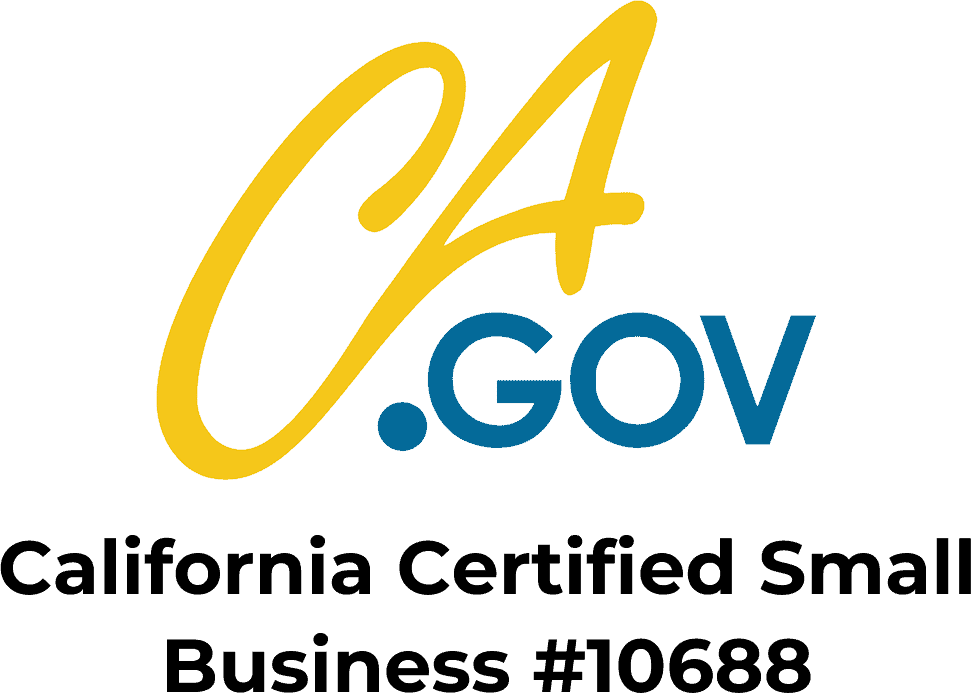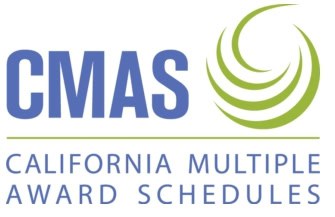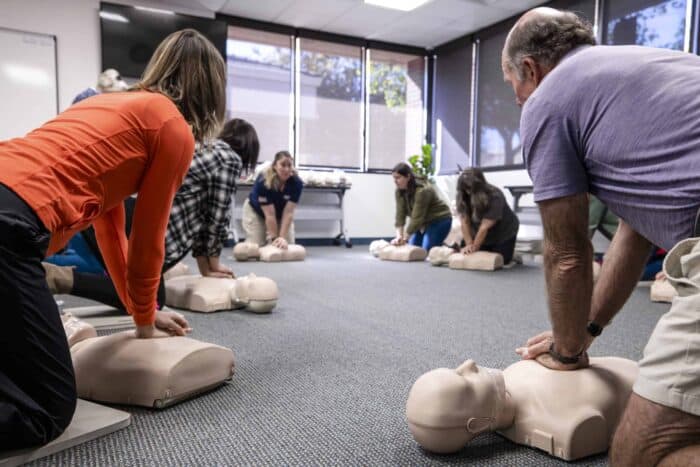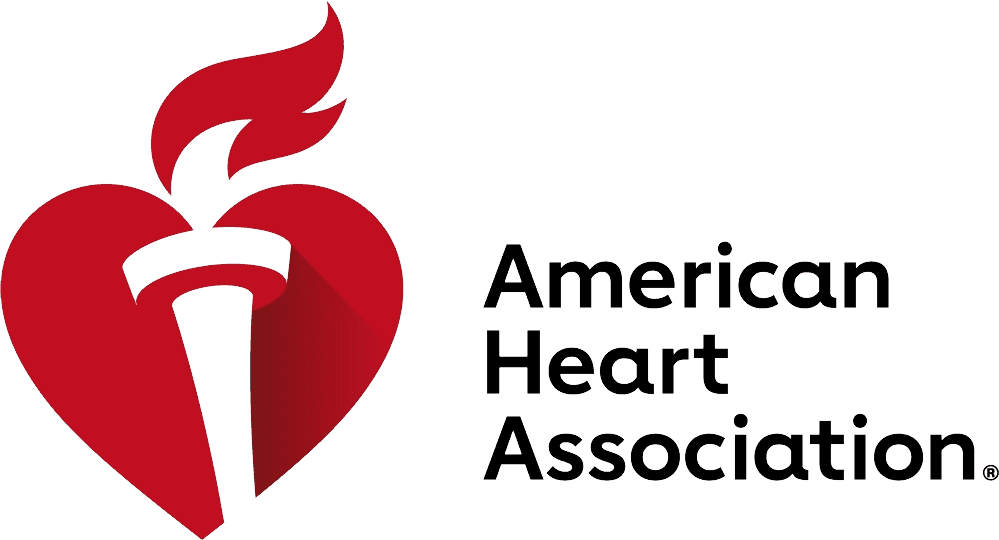Your cart is currently empty!
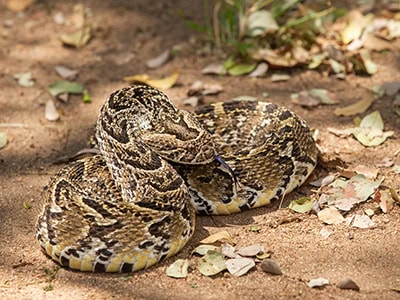
July is here, and it’s the perfect time for picnics. Whether planning a family gathering in the park, a romantic outing in the countryside, or an adventurous hike with friends, picnics offer a wonderful way to enjoy the great outdoors. However, as you bask in the sun and relish the fresh air, it’s crucial to be aware of the potential dangers of nature, including the risk of snake bites. At Rescue Training Institute, we believe in enjoying the outdoors safely. Here’s how you can be prepared for and respond to snake bites in the summer season.
What Type of Snakes Are Dangerous
While the vast majority of snakes are non-venomous and pose little threat to humans, there are some species whose bites can be dangerous. In California, for example, the primary type of dangerous snake is rattlesnakes, which include several species such as the Western Diamondback, Red Diamond, and the Mojave rattlesnake. Other primary types of venomous snakes are copperheads, cottonmouths (water moccasins), and coral snakes.
Preventing Snake Bites in the Summer
1. Be Aware of Your Surroundings
- Stick to well-trodden paths and avoid tall grass, piles of leaves, and rocky areas where snakes might hide.
- Watch where you step! Take a close look at where you put your feet and where you place your hands, especially when climbing rocks or gathering firewood.
- Utilizing a walking stick to poke the ground before you step can alert snakes to your presence.
2. Wear Appropriate Clothing
- Wear long pants made of thick material, such as denim, which provides a protective barrier for your legs, and put on sturdy boots when hiking or exploring areas known for snake activity.
- Wearing gloves while handling debris, rocks, or firewood further protects your hands from potential bites.
3. Use Caution Near Water
- When picnicking, hiking, or fishing near rivers, lakes, or streams, be vigilant and avoid walking close to the water’s edge, where snakes may be camouflaged among vegetation or debris. Inspect the area carefully before stepping over logs or rocks, especially those partially submerged.
4. Make Noise
- Snakes typically avoid humans if they sense them coming. Making noise by talking, clapping, or using a walking stick can alert snakes to your presence.
Symptoms of Venomous Snake Bites
- Immediate and severe pain at the bite site, followed by swelling.
- Redness and bruising around the bite.
- Two puncture wounds, which may or may not be accompanied by bleeding.
- Blisters or fluid-filled sacs can develop around the bite site.
- Nausea, vomiting, sweating, weakness
- Blurred vision, difficulty swallowing, slurred speech, and muscle paralysis
- Unusual bleeding from the gums, nose, or at the bite site
- Rapid heart rate, drop in blood pressure, and shock
First Aid for Snake Bites
Immediate Actions to Take for Snake Bites in the Summer
- Call emergency services to get professional medical assistance on the way
- Take a picture of the snake from a safe distance if you can. If you can’t write down the color, shape, or any distinguishing features, such as patterns or markings
- Keep the victim calm and as immobile as possible
- Have the victim lie or sit down in a position that is comfortable and neutral
- Remove any tight clothing or jewelry to help with swelling
Avoid Harmful Practices
- Do not attempt to cut the bite site or suck out the venom
- Avoid applying ice directly to the wound
- Do not use a tourniquet
- Do not attempt to catch or kill the snake
- Avoid giving the victim alcohol or caffeinated beverages
Follow Up Care
- While waiting for emergency medical services to arrive, continuously monitor the victim’s condition.
- Observe their breathing, and level of consciousness, and be prepared to perform CPR if necessary.
- If the victim shows signs of shock, such as pale, clammy skin, or shallow breathing, lay them down, and cover them with a blanket to keep them warm.
- Communicate all relevant information to emergency responders when they arrive, including the time of the bite and any first aid measures that have been taken.
Long-Term Care
After initial treatment, the victim will require thorough medical evaluation and potentially antivenom administration, especially if the bite is from a venomous snake. Follow the instructions of healthcare professionals and ensure that the victim receives proper wound care to prevent infection. The recovery process may include pain management, tetanus prophylaxis, and monitoring for any delayed reactions to the venom.
Rescue Training Institute Can Help You Know What To Do
July is a wonderful time for picnics and outdoor activities, but it’s essential to remain vigilant about the potential risks of snake bites in the summer. By following preventive measures, recognizing the signs of snake bites, and knowing how to respond, you can ensure that your summer outings remain safe and enjoyable. At Rescue Training Institute, we are committed to providing you with the knowledge and skills you need to enjoy the great outdoors safely. We offer our Wilderness First Aid Class, Basic First Aid Class, and Basic First Aid with CPR & AED Class to help you feel confident in these emergency situations. Stay safe, stay prepared, and have a fantastic Picnic Month!
Learn how to handle snake bites in the summer with Rescue Training Institute. Stay safe during Picnic Month in July!

